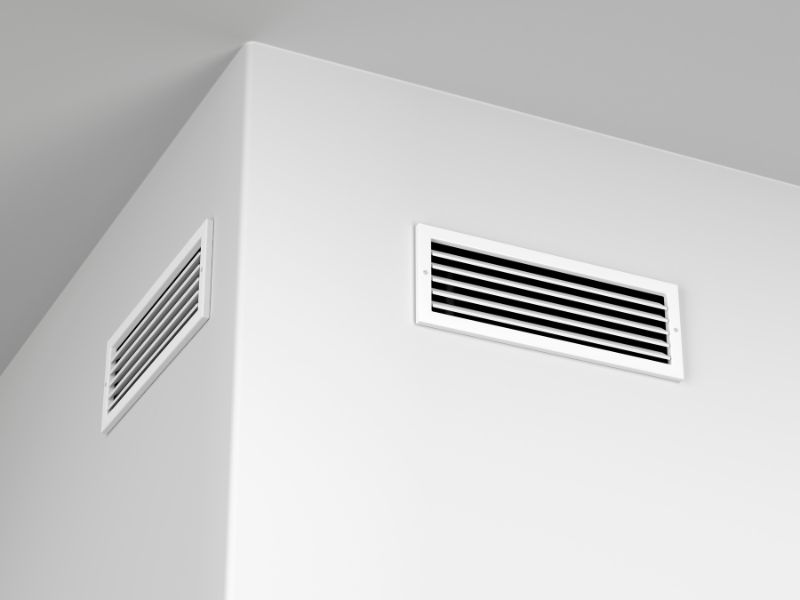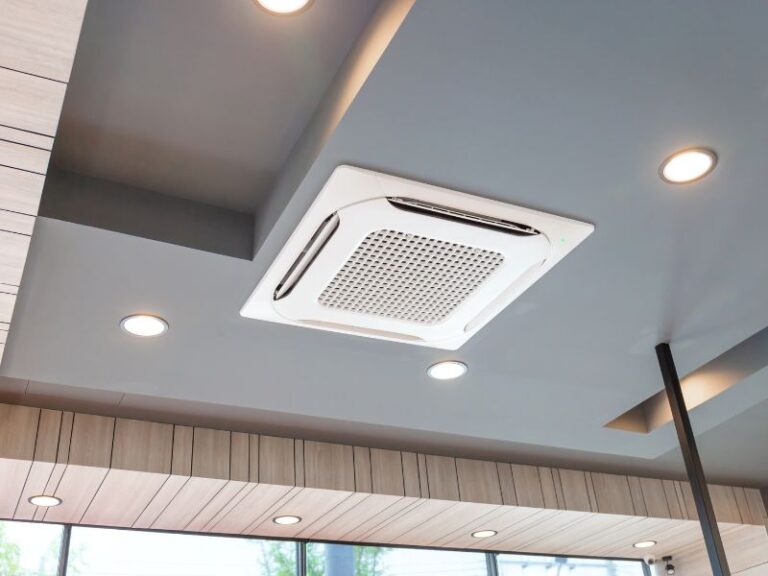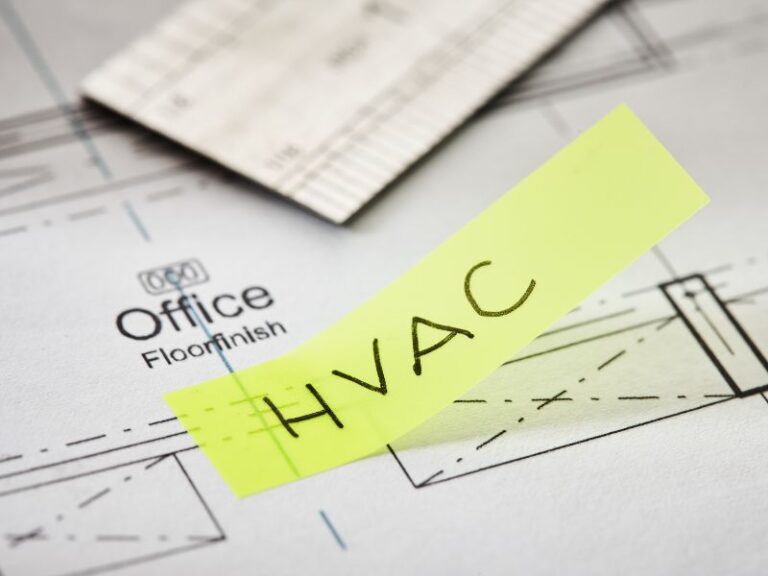In the past, heating and cooling were the primary focuses of HVAC (Heating, Ventilation, and Air Conditioning) systems. However, in today’s world, ventilation has become an equally important factor in modern HVAC design. Effective ventilation is crucial not only for maintaining a comfortable indoor environment but also for ensuring healthy indoor air quality (IAQ), energy efficiency, and system performance.
In this article, we’ll explore the vital role of ventilation in modern HVAC systems, its impact on both residential and commercial buildings, and how proper ventilation helps to improve energy efficiency, comfort, and overall air quality. We will also discuss how energy-efficient ventilation systems are designed to meet today’s environmental and regulatory requirements.
What is Ventilation in HVAC Systems?
Ventilation in HVAC refers to the process of supplying or removing air from a building to ensure a constant flow of fresh air and to manage indoor air quality. It’s not just about bringing fresh outdoor air into the building, but also about ensuring the right balance between airflow, air quality, and energy usage. Ventilation serves to:
- Remove stale air, pollutants, and humidity from indoor spaces.
- Supply fresh air to maintain comfort and health.
- Regulate temperature and humidity levels for a consistent, comfortable environment.
In modern HVAC systems, ventilation is integrated with heating and cooling to provide a comprehensive indoor climate control solution that enhances both comfort and health.
Why is Ventilation Crucial in Modern HVAC Design?
With increasing awareness about indoor air quality and its impact on human health, the importance of ventilation in HVAC systems has grown exponentially. Here’s why ventilation has become a critical component of modern HVAC design:
1. Improving Indoor Air Quality (IAQ)
One of the most important reasons for proper ventilation in HVAC systems is the maintenance of indoor air quality. Without adequate ventilation, indoor air can quickly become filled with pollutants such as dust, pollen, pet dander, carbon dioxide (CO2), volatile organic compounds (VOCs), and even pathogens like mold and bacteria.
Poor indoor air quality can lead to a variety of health problems, including:
- Respiratory issues (e.g., asthma, allergies)
- Headaches and fatigue
- Increased risk of infections
By integrating ventilation into HVAC design, fresh outdoor air can replace the stale air inside, improving indoor air quality and promoting better health for building occupants.
2. Enhancing Comfort and Thermal Control
While heating and cooling control the temperature of the indoor environment, ventilation plays a key role in managing humidity and ensuring thermal comfort. Too much moisture in the air can lead to mold growth and uncomfortable indoor conditions, while insufficient humidity can cause dryness, affecting both comfort and health.
Effective ventilation systems help regulate:
- Humidity levels to prevent condensation and mold growth.
- Fresh air flow, which helps in maintaining consistent room temperatures.
In modern HVAC design, balancing temperature, humidity, and airflow ensures a more comfortable living or working space.
3. Energy Efficiency
Proper ventilation in modern HVAC systems contributes to energy efficiency by reducing the need for excessive heating or cooling. Energy-efficient ventilation systems work to maintain indoor air quality while using minimal energy. By strategically controlling the amount of fresh air brought into the building and the energy used to heat or cool it, these systems optimize energy use and reduce utility costs.
For example, Heat Recovery Ventilators (HRV) and Energy Recovery Ventilators (ERV) are commonly used in modern HVAC systems to recover heat or coolth from outgoing air to precondition incoming air, thus reducing the energy load of the HVAC system.
4. Regulatory Compliance and Sustainability
Ventilation is not only important for comfort and health, but it is also critical for complying with building codes and environmental regulations. In many regions, there are minimum ventilation standards set by building codes or health organizations to ensure adequate air quality. Failing to meet these standards can lead to compliance issues, poor IAQ, and occupant dissatisfaction.
Moreover, as sustainability becomes a greater priority, modern HVAC systems focus on minimizing energy consumption while still providing adequate ventilation. Innovations such as demand-controlled ventilation (DCV), which adjusts airflow based on real-time CO2 levels or occupancy, ensure that buildings use energy only when necessary, reducing environmental impact.
Types of Ventilation Systems in Modern HVAC Design
There are several types of ventilation systems used in modern HVAC design, each offering different benefits depending on the building’s needs. Here are the main types:
1. Natural Ventilation
Natural ventilation relies on the flow of outdoor air through open windows, vents, and passive design features (like ventilation chimneys or louvres) to provide fresh air. This system is effective in moderate climates where the outside air is relatively clean and the temperature is comfortable.
- Benefits: Low energy costs and sustainable.
- Limitations: Weather-dependent and less effective in areas with high pollution.
2. Mechanical Ventilation
Mechanical ventilation uses fans and ductwork to actively circulate fresh air into the building while expelling stale air. These systems are controlled by a central unit, which may include heat recovery or energy recovery systems to maximize energy savings.
- Benefits: Provides controlled and consistent airflow, especially in sealed or tightly insulated buildings.
- Limitations: Requires energy, but newer systems are designed to be more energy-efficient.
3. Demand-Controlled Ventilation (DCV)
DCV systems use sensors to monitor occupancy levels, CO2 levels, and indoor air quality in real-time. Based on this data, the system adjusts the amount of fresh air brought into the building, optimizing energy use and maintaining air quality.
- Benefits: Reduces energy use by adjusting ventilation according to actual demand.
- Limitations: More complex to install and maintain.
4. Heat and Energy Recovery Ventilators (HRV/ERV)
HRVs and ERVs are advanced ventilation systems that recover heat or coolth from the exhaust air and transfer it to the incoming fresh air, minimizing the energy required for heating or cooling. ERVs also control humidity levels by transferring moisture from the outgoing air to the incoming air.
- Benefits: Improves energy efficiency by reducing heating and cooling demand, maintains optimal humidity levels.
- Limitations: Higher initial installation cost but saves on long-term energy costs.
Conclusion
Ventilation is a vital component of modern HVAC design, affecting everything from indoor air quality to energy efficiency and comfort. With advancements in technology, systems such as HRV, ERV, and demand-controlled ventilation are making it easier to maintain healthy, comfortable, and energy-efficient environments. By understanding the importance of ventilation and integrating it into HVAC system design, building owners and professionals can ensure long-term savings, sustainability, and a better quality of life for occupants.




